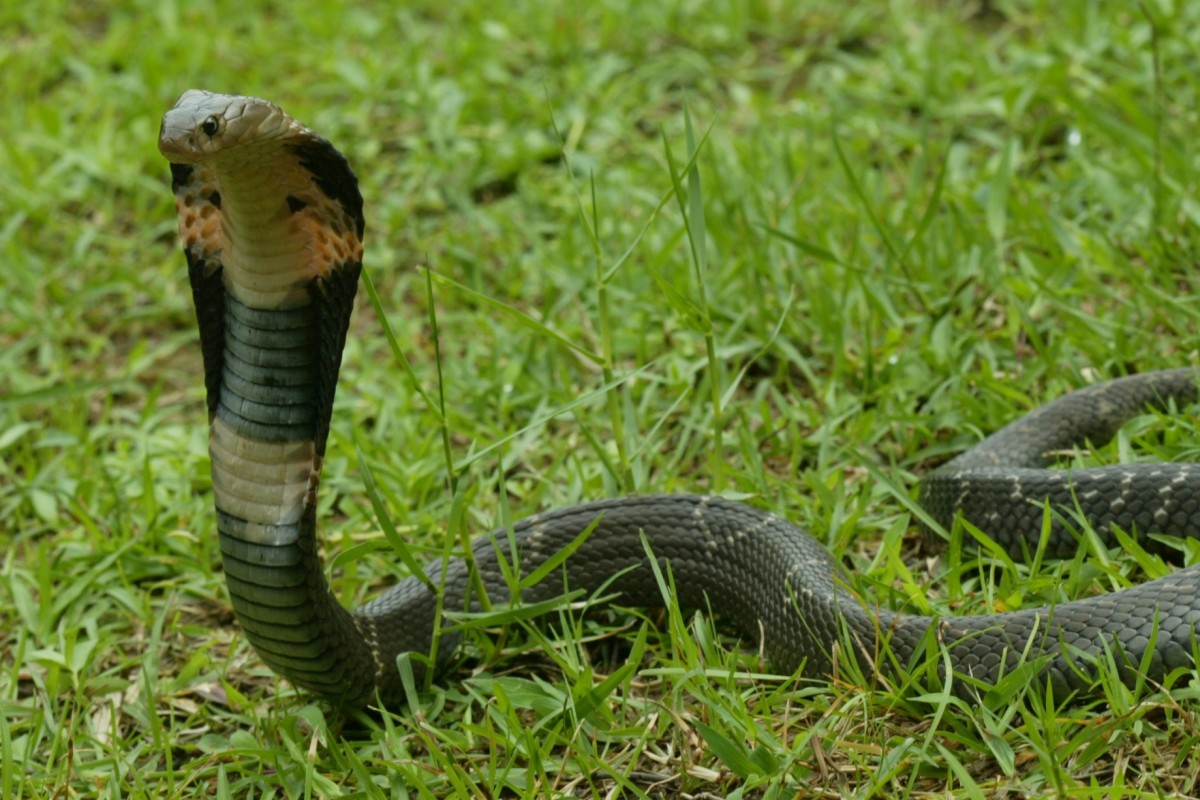KATHMANDU: More than 6,000 patients of snakebite were treated in a year at Snakebite Treatment Centres established with the support of the Nepali Army.
Twenty-three Snakebite Treatment Centres established at different places in the country provided treatment to 6,467 snakebite patients in the fiscal year 2079/80 BS.
Out of 23 most snakebite-affected districts, snakebite treatment centers are in operation in 18 districts and Nepali Army personnel provide treatment service round the clock which helps to reduce the mortality rate from snakebite.
People might die from snakebite if they cannot get timely treatment.
A total of 116,351 people have received treatment of snakebite in the centers so far.
The snakebite treatment centers are in operation at Charali of Jhapa, Kalapani-Letang of Morang, Itahari Barrack of Sunsari, Belaka, Katari and Bhulke of Udaypur, Kalyanpur of Saptari, Bandipur and Chauharwa of Siraha, Gorusinghe and Bahadurgunj of Kapilvastu and Mahendra Barrack of Dhanusha.
The Snakebite Treatment Centre established in Bardibas of Mahottari district has provided treatment to the highest number of snakebite patients (more than 30,000) so far.
Similarly, Snakebite Treatment Centres at Lalbandi of Sarlahi, Nirmalbasti of Parsa, Tribeni of Nawalparasi, Gadawa of Dang, Swogadwari, Dibang of Pyuthan, Obhari and Imamnagar of Banke, Thakurbaba of Bardiya, Arjuni of Kanchanpur and Gauriganga of Kailali are in operation with the collaboration of the Nepali Army.
According to the World Health Organisation, more than 20,000 people suffer from snakebite in Nepal every year and more than 1,000 people die from it annually.
As per the data of the Department of Health Services, 26 districts of Nepal are most-affected from snakebite.
Around 90 different species of snakes are found in Nepal. Of them, 17-20 species have been found to be venomous.
The WHO has set a goal of reducing global death and disability from snakebite by 50 per cent by 2030.
The Nepali Army not only provides snakebite treatment, but also launches awareness program reaching out to the communities.
RSS









Comment